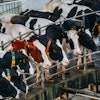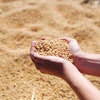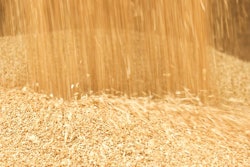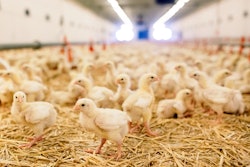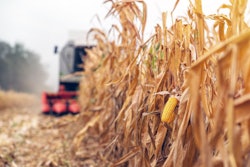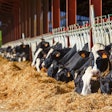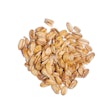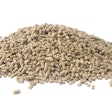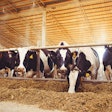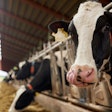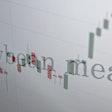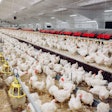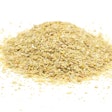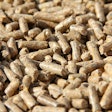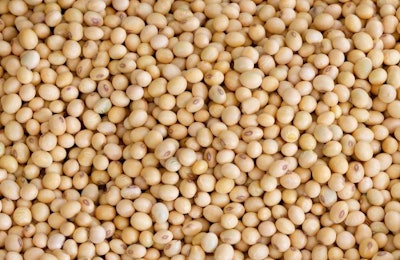
Study shows the best temperature at which to extrude soybeans
Extrusion is not an easy process. It takes sophisticated labor along with expensive machinery and a good knowledge of the extrusion process. If anyone believes that by just buying an extruder, they will have extruded beans or grains, they are far from the truth. In fact, they are in for a rude awakening. I recall a client who, for years, bought extruded full-fat soybeans from a trusted (inside their larger corporate family) source, only to realize (when we run the trypsin inhibitor activity tests) that what they bought was just ground-up raw beans. Which, in that case, explained and resolved the case of severe incidence of diarrheas.
In the February 2002 issue of Animal Feed Science and Technology journal (one of my favorites) there is great study about extruding soybeans at different temperatures (82, 127, and 137 degrees Celsius). Here are the highlights from this study:
- As expected, the extrusion of soybeans at 122 or 137 C reduced trypsin inhibitor activity.
- Again, as expected, soybean extrusion at 82 C was insufficient to trypsin inhibitor activity.
- Soybeans extruded at 122 C had similar digestibility of crude protein and amino acids with soybeans extruded at 137 C, but
- Soybeans extruded at 122 C gave greater gross energy digestibility
In essence, with the machinery used in this study (and the soybeans), extrusion at 122 C provided the greatest nutritional value. Soybeans extruded at 82 C were undercooked, and those extruded at 137 C were cooked beyond necessary. Other machinery (and soybeans) will require different settings, but this illustrates how tricky it is to fine tune extrusion. Nevertheless, once everything is in place, extruded full-fat soybeans or soybean meal can be an excellent ingredient with very few problems.
